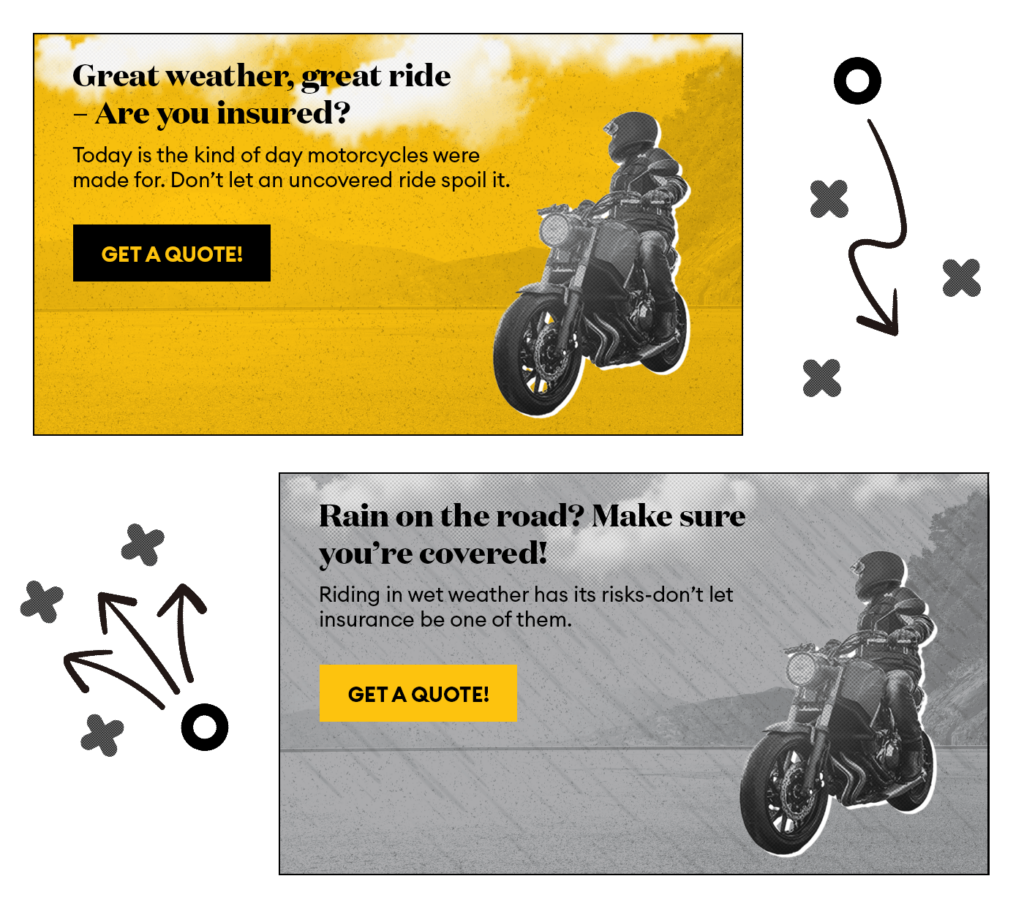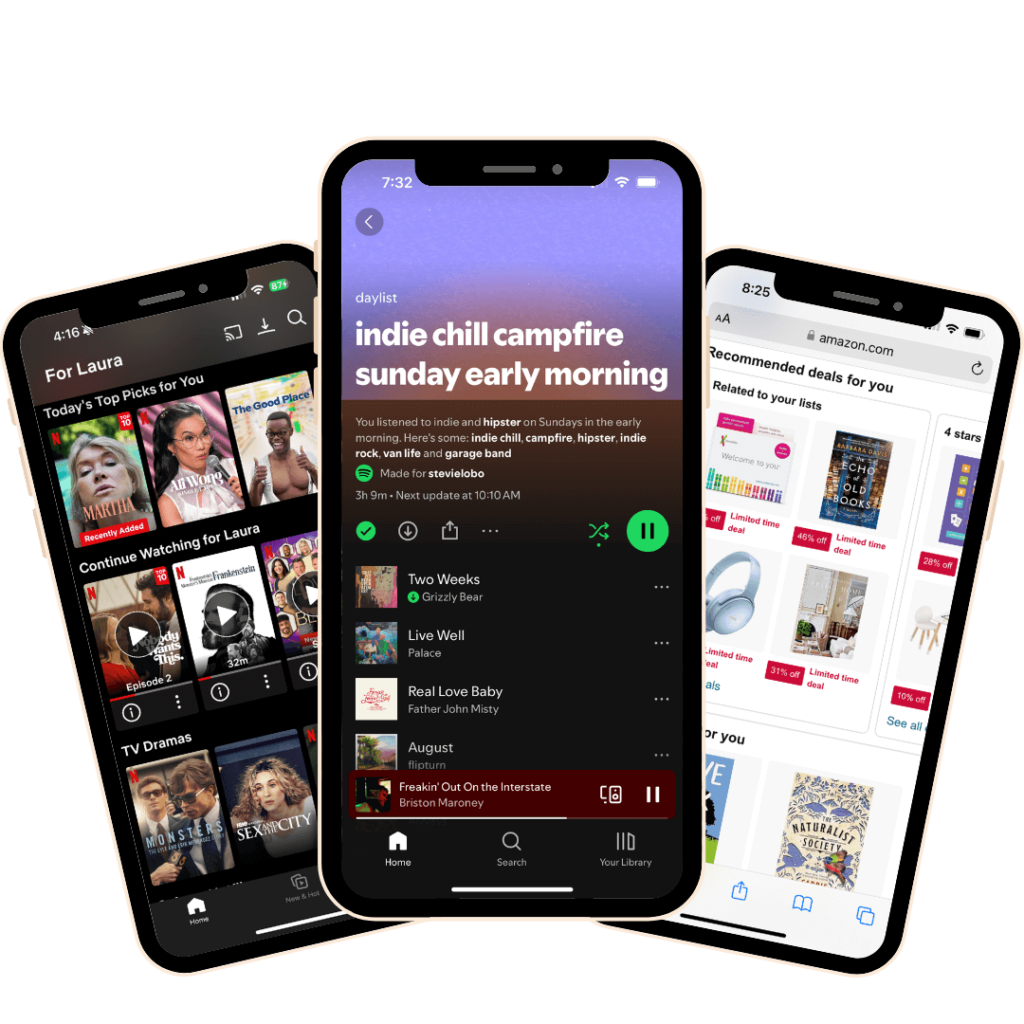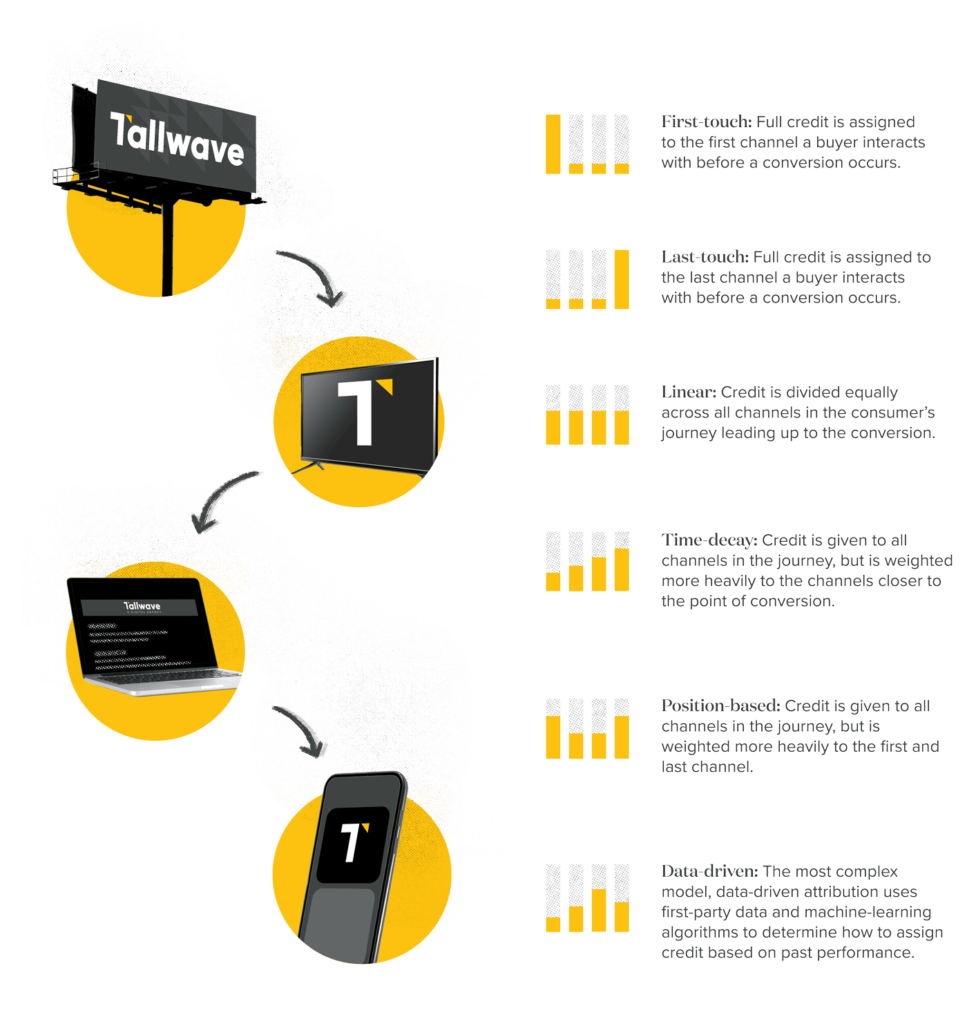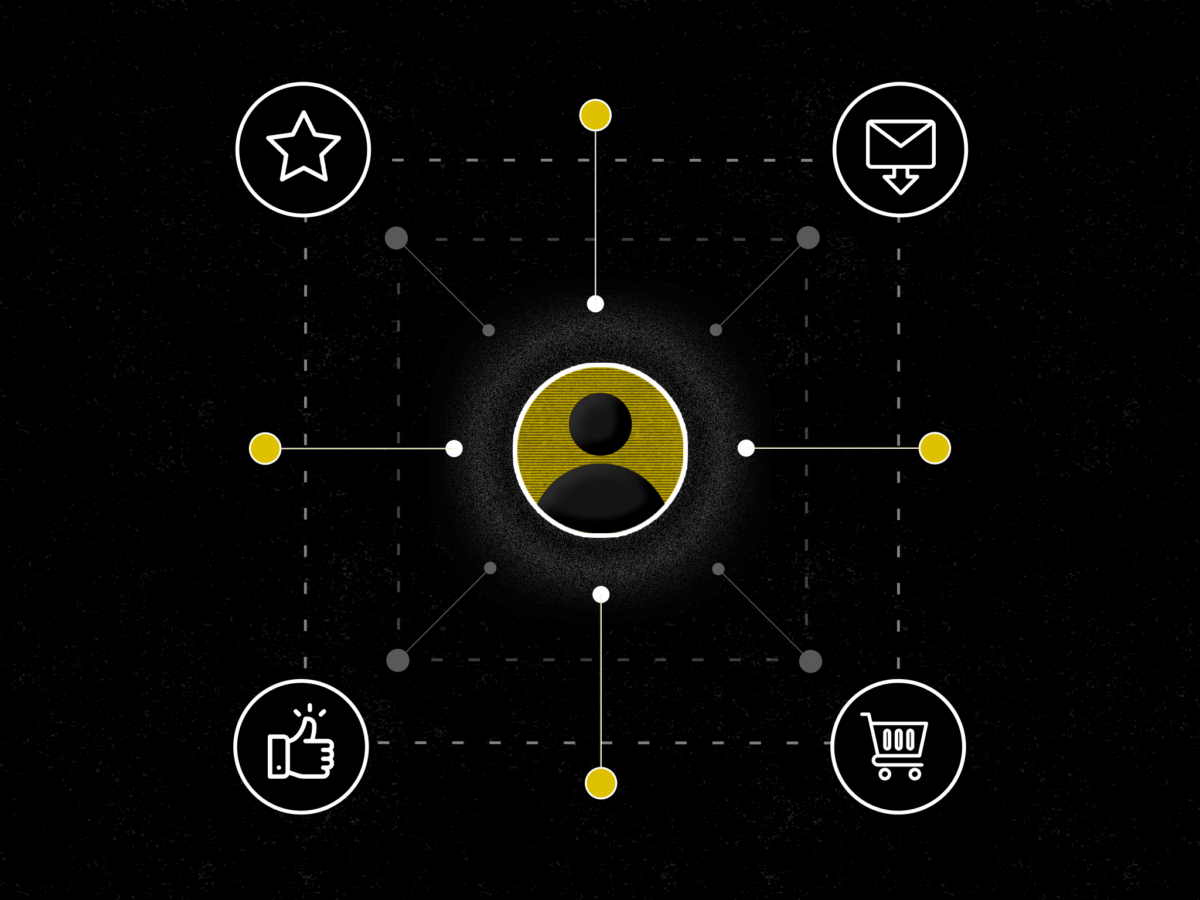When it comes to tennis doubles, each player has a role. One dominates the net with aggressive volleys, while the other commands the baseline with consistency and strategy. This dynamic duo, working in tandem, is the secret to taking home the tournament trophy.
You might find that the same kind of approach applies to paid and organic search strategies and how they are measured. Together, through SEO and PPC integration, they dominate the SERPs (search engine results pages) court, delivering a unified force that maximizes visibility and ROAS (return on ad spend).
Paid search vs. organic search: The net player and the baseliner
Imagine a doubles tennis match where both players have distinct but complementary roles. Paid search acts as the net player, positioned up close to the action and ready to strike quickly. It’s aggressive, aiming to capture immediate visibility by targeting competitive keywords, running time-sensitive campaigns, and delivering fast results. Think of it as the player who goes for the volley to put the point away—it’s all about speed and impact.
Organic search, on the other hand, is like the steady baseliner who stays further back on the court, focusing on consistency and strategy. This player’s role is to sustain the rally, keeping the ball in play and setting up winning opportunities over time. Organic search builds credibility and authority slowly but steadily, providing the foundation for long-term traffic and trust.
Even if you’re not familiar with tennis and don’t spend as much time on the courts as we do, the idea is simple. One player focuses on immediate gains while the other ensures stability and endurance. Alone, each player can win points, but when they work together, their strengths amplify each other’s impact.
Simply put, combining paid and organic search creates a winning formula:
- Paid search ensures quick wins and visibility.
- Organic search builds sustainable traffic and authority.
Together, they create a unified strategy that balances short-term results with long-term growth.
Unified metrics, unified strategies
Measuring the success of paid and organic search efforts separately is like tracking tennis stats for each player individually rather than as a team: it misses the synergy of their collaboration. Paid and organic search aren’t just players on the same team—they’re playing on the same court. Because they operate in the same space—the search engine results page (SERP)—their performance is inherently connected, and they can’t be viewed in silos. Unified metrics are the key to understanding the full impact of your SEM strategy.
Why unified metrics matter
Siloed reporting for SEO and PPC can lead to missed opportunities. When you analyze paid and organic search together, you’re able to see the bigger picture of how your strategies work in harmony. Unified metrics allow you to:
- Track blended ROI/ROAS: Understand the combined return on investment across both channels. This helps assess the efficiency of your total search spend rather than evaluating paid and organic in isolation.
- Understand customer lifetime value (CLV): Learn how customers acquired through paid and organic strategies contribute to long-term value and retention.
- Measure total SERP visibility: Gauge how often your brand appears in search results, whether through paid ads, organic listings, or both. This visibility helps solidify brand presence and awareness.
Paid and organic search efforts impact each other directly, whether through complementary visibility or shared audience touchpoints. By combining these insights, you’ll uncover opportunities to adjust your strategies, reduce inefficiencies, and focus on areas where the synergy between paid and organic creates the most impact
See how measuring the right metrics helped our client see a 21.13% increase in conversions.
Where to start: SEM metrics to track
- Total SERP share: The percentage of search results where your brand appears in both paid and organic listings. High SERP share increases your chances of capturing user attention and clicks.
- Incremental lift: The boost in organic CTR (click-through rate) when paid ads are running. For example, users may see a paid ad first but later click on an organic listing, leading to a complementary effect.
- CPC savings: The reduction in cost-per-click for paid campaigns when strong organic rankings increase overall visibility and lessen competition in bidding wars.
Unified reporting allows you to uncover how paid and organic efforts complement each other, and where you can optimize for even better performance. By examining these SEM metrics side-by-side, you’ll not only enhance individual channel performance but also elevate your entire SEM strategy to win on the SERP.
When to push forward and when to hold back
The best doubles partners know when to attack and when to defend. You might think of the attack as the low percentage shots you can take when you’re ready to put the point away, while a more defensive approach relies on high percentage shots (thanks, Coach Addison!).
The same principle applies to balancing paid and organic search strategies.
When to lean on paid search
Paid search is your go-to strategy for:
- New product launches: When organic rankings haven’t had time to catch up.
- Competitive keywords: Especially for high-value terms that are difficult to rank for organically.
- Seasonal or time-sensitive campaigns: Where speed is critical to capturing demand.
When organic SEO takes the lead
Organic search shines when:
- Evergreen content consistently drives traffic: Like a reliable doubles partner, evergreen content performs well over time, ensuring steady results.
- High-authority pages deliver sustainable conversions: Once pages have earned strong rankings and trust, they can convert without ongoing investment.
- Your SEO strategy is generating dependable traffic: When organic search is consistently bringing in qualified visitors, you can lean on it to reduce dependency on ad spend and maximize ROI.
🏆Finding the sweet spot 🏆
Like a well-balanced tennis team, your budget allocation between paid and organic search should remain fluid and adaptable. For example:
- Reallocate ad spend to organic efforts when a page achieves strong rankings and can sustain itself.
- Use branded keywords in paid campaigns to maintain full SERP coverage, reinforcing visibility and blocking competitors from gaining an edge.
The key is knowing when to attack and when to rely on the defensive strengths of organic SEO, ensuring both strategies work together to dominate the SERP.
How paid and organic boost each other
Remember John McEnroe and Peter Fleming? Some of us sure do. They showed us that best doubles teams leverage each other’s strengths, and the same applies to paid and organic search.
Paid search’s impact on organic search
- Provides real-time keyword data to inform organic strategies.
- Offers insights into audience behavior that guide content creation.
Organic search’s impact on paid search
- Builds brand trust and authority, improving paid ad performance.
- Drives down CPC as organic rankings strengthen visibility and credibility.
Mutual impact: Where paid and organic search come together
- Combining paid and organic data provides a fuller picture of high-performing keywords, allowing for more effective targeting across both channels.
- Paid and organic efforts together help uncover how users interact with specific keywords, revealing whether they’re in the research, consideration, or purchase phase.
- A unified approach ensures your brand is visible in multiple positions on the SERP, capturing both paid and organic clicks to outpace competitors.
- Insights from both channels allow for better alignment of messaging and landing pages, creating a seamless experience that improves conversions.
Coach’s tips: Cross-channel strategies
Maximize synergies with tactics like:
- Shared reporting dashboards for real-time collaboration.
- Cross-channel keyword targeting to align efforts.
- Remarketing campaigns based on organic traffic behavior.
The rising star: AI’s role in search strategy
Generative AI is shaking up the search landscape, changing how marketers approach both paid and organic strategies. Think of AI as the next rising star on the tour, perhaps like Coco Gauff, Ben Shelton, or Carlos Alcaraz. And just like these emerging greats, AI is taking center stage for good reason.
Here are a few ways you can leverage AI in your search strategy:
AI-driven search engines
AI-powered search engines like ChatGPT, Gemini, and Google’s SGE (search generative experience) are reshaping search behavior. As a marketer:
- Focus on conversational and multi-modal queries.
- Adapt strategies to optimize for AI-generated search results. We’ve had great success leveraging featured snippet strategy to land in AI summaries.
Generative AI for smarter targeting
Generative AI tools offer new opportunities to target audiences more effectively and create impactful content. Here are a few ways to leverage AI in your search strategy:
- Analyze SERPs to identify content gaps and high-impact opportunities.
- Use AI-powered tools for dynamic ad copy and tailored content creation.
Staying ahead of these trends ensures your paid and organic efforts remain effective in this evolving environment.
Winning the matchpoint with dynamic digital strategies
Paid and organic search are the ultimate doubles partners. Together, they dominate the SERP court, delivering visibility, traffic, and ROI. By focusing on unified SEM metrics, maintaining a strategic balance, and leveraging the latest AI advancements, you’ll create a search strategy that’s built to win. Reassess your SEM strategies and consider how unified search metrics and AI-driven insights can elevate your game.
Ready to make paid and organic search your winning doubles team? Reach out to Tallwave for a custom strategy that serves up results.
















